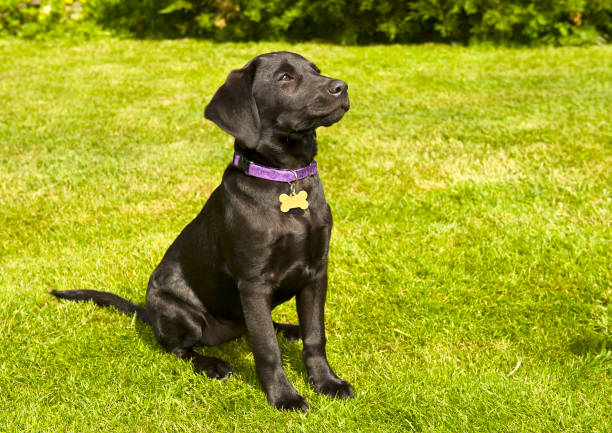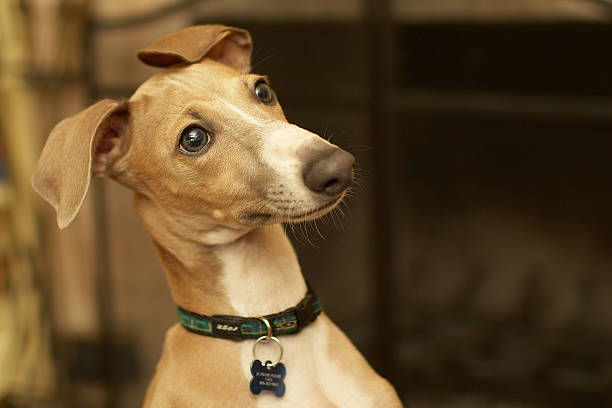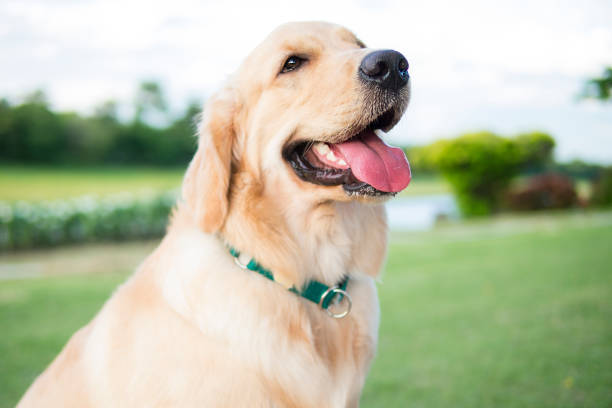How Tight Should A Dog Collar Be? The Complete Guide
A dog collar is a crucial dog accessory that improves the safety of the dog and those nearby. They’re crucial for wearing your dog tag and offering a comparatively safer method of keeping your dog on a leash outside.
As a result, the dog’s collar either feels loose or tight around its neck. Both of these circumstances might irritate and hurt your pet. Before you go on a shopping binge, it is advised to correctly measure for a dog collar.
There are many different kinds of dog collars, and some fit differently than others for particular purposes, but the issue of how tight a dog collar should be persists. We will discuss a few different collar types in this article, along with how to tell if they are the right size for your dog.
Table of Contents
How Tight Should a Dog Collar Be?
Generally speaking, a dog collar ought to be snug but not overly so. The “two-finger rule” (more on this rule below) is a common guideline that can be used to achieve this. You should be able to slide two fingers between the collar and neck to make sure the garment fits perfectly.
From breed to breed and coat to coat, a dog’s neck size varies. As a result, we are unable to generalize a single measurement value for all dogs. In addition, the fit around the dog’s neck is also influenced by the types of dog collars, their materials, shapes, and styles.
The reference size charts can be used as a guide when ordering a collar online, but there is still some risk associated with accuracy. As a result, for the convenience of dog owners, veterinary professionals have developed a rule of thumb.
Two Fingers Rule
The two-finger rule states that the ideal fit can be determined by inserting your index and middle fingers between the dog collar and neck.
• You know the collar fits you perfectly if your fingers slide in with ease but there is a snug fit between the collar and neck.
• If force is required to smuggle the fingers in, the collar is incredibly tight.
• The collar is too loose if your fingers can freely move around the neck and collar.
However, you can resolve these issues by adjusting the dog’s collar. The majority of dog collars have holes for adjusting the straps so that they can be adjusted for different neck sizes.
In addition, if this feature is not available on your collar, you can search for exchange offers or replacements.

Types of Collars
Fabric Collars
Nylon or neoprene is used most frequently to make lightweight collars. These dog collars and leashes are preferred because of how practical and inexpensive they are.
Metal Collars
Much better suited to dogs with short coats. Similar to prong collars, these are typically used for dog training to manage undesirable behaviors in your canine companions.
Leather Collars
renowned for their long lifespans and robust nature. Although they are more expensive than other types of collars, leather collars are built to last.
Lighted Collars
Excellent for nighttime walking visibility. For your dog’s safety in poorly lit areas, reflective collars and LED dog collars are excellent options.
Martingale Collars
a great way to manage larger dogs. Martingale collars offer a more humane method of controlling and training your strong pets.
Electronic Collars
Perfect for tracking your pet. Locating lost dogs is made easier with the aid of GPS trackers and intelligent dog collars.

How to Measure for a Dog Collar?
Measure Your Dog’s Existing Collar
Measuring the current collar that your dog is wearing is one of the simplest ways to determine the correct size for a collar. Only if it is snugly fitting will it function. If not, you might have to improvise by adding or taking away inches depending on how tight or lose it feels on your dog.
Get a Measuring Tape
A soft tape measure is the first tool you require. You can bring flexible measuring tape that is typically used for clothing or bedding.
Please refrain from using the metal ones as you run the risk of breaking the dogs’ necks given how occasionally impulsive dogs can be. Therefore, it is preferable to use soft plastic tape that won’t hurt the innocent pet to complete your task.
Measure Your Dog’s Lower Neck
Choosing where to take a measurement around the dog’s neck is the next step. Check the spot where the dog collar is typically fastened for this purpose. The dog’s collar typically rests on the animal’s lower neck. Therefore, it is safe to measure the dog’s lower neck to determine the collar’s exact size.
Put a figure at the tape’s intersection and wrap it around the dog’s lower neck. You can use this number to determine the size of the neck when purchasing a dog collar, whether you do it offline or online.
Reference the Manufacturer’s Sizing Chart
For first-time buyers, the sizing charts are very helpful. When you have the correct measurement for your dog’s neck, you can match it up with the reference sizes on the chart to get the new collar that fits them perfectly.
Stores and websites both offer these size reference charts for your convenience. These are especially useful when shopping online because you can’t try the dog collar on; instead, you trust the math and place the order appropriately.
It is preferable to purchase a product that is closest to your measurement figure because sizes and measurements can vary from manufacturer to manufacturer.
Signs That Your Dog’s Collar is Too Tight
Coughing
Your dog may start coughing as a result of the collar’s tightness. You should not ignore this behavior because it might be the first indication that the dog’s collar is too tight. Despite the fact that you can give your dog medication, try adjusting the dog’s collar first to see if it helps.
Lethargy and Shortness of Breath
Be cautious if your dog suddenly seems less active than usual because this could be another sign that the collar is too tight. Additionally, immediately loosen the collar if you notice your dog taking shallow breaths.
They might have trouble breathing because of the excessive pressure on their neck’s veins. Lethargy develops as a result of their eventual, intense breathing struggles.
Chafing and Loss of Fur
Your dog’s body chafes and loses fur most frequently as a result of the tightness of the collar. On the neck, skin irritation and itching may result from the collar strap’s tight grip and friction. Both the dog and its owner may be disturbed by this discomfort.
Additionally, the dog’s appearance may be impacted by the loss of fur. Rugs, couches, and even your clothes are covered in loose hair.
It can be embarrassing and, in rare cases, cause allergic reactions in some individuals. Therefore, it is not a good idea to put a collar on your dog’s neck that is too tight.

Why a Properly Fitting Collar is Important?
We prioritize the comfort of the dog over fashion when discussing collars for dogs.
As mentioned above, there are many different collars on the market today for various needs and personal preferences. These consist of dog harnesses for all breeds of dogs as well as chain collars, shock collars, prong collars, reflective collars, flat collars, GPS collars, and reflective collars.
Your dog should be able to breathe, eat, drink, and move its neck freely while wearing a collar that feels snug on them.
However, it shouldn’t be so slack that the dog can slip out from under the collar or so tight that it becomes difficult for the dog to turn its head. Therefore, it is crucial to purchase a collar that is properly fitted in order to simultaneously ensure your dog’s safety and comfort.
Because the dogs can get their paws or legs caught in the loose portion of the dog collar, a loose collar can cause your dog to end up curled up in a fetal position. As a result, it may cause serious consequences and damage to their bones.
A tight collar, on the other hand, can irritate your dog’s skin and even cause them to suffocate. You would not want to lose your close friend because you neglected to purchase a dog collar that was the proper fit.
Close Note: Two Fingers Rule
With the right identification tags, a standard dog collar serves as a protective accessory that keeps dogs secure both inside and outside the home.
These should not, however, be worn too tightly around the neck because doing so will harm the dog’s health. Injuries, chafing, cuts, bone deformation, and even choking due to shortness of breath can result from the tight grip.
Make sure your dog’s collar is not irritating them while they are growing by checking it frequently. Investing in an adjustable puppy collar for your growing puppies is another smart move.